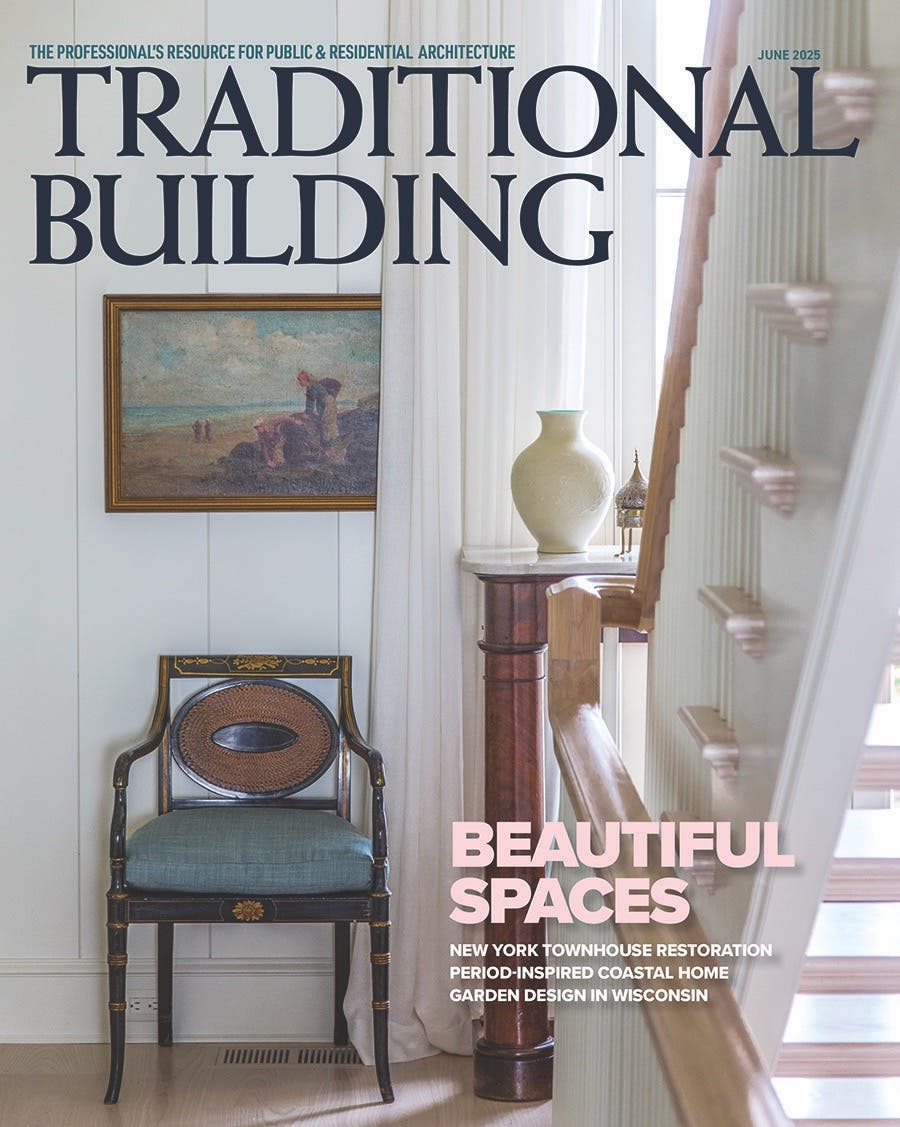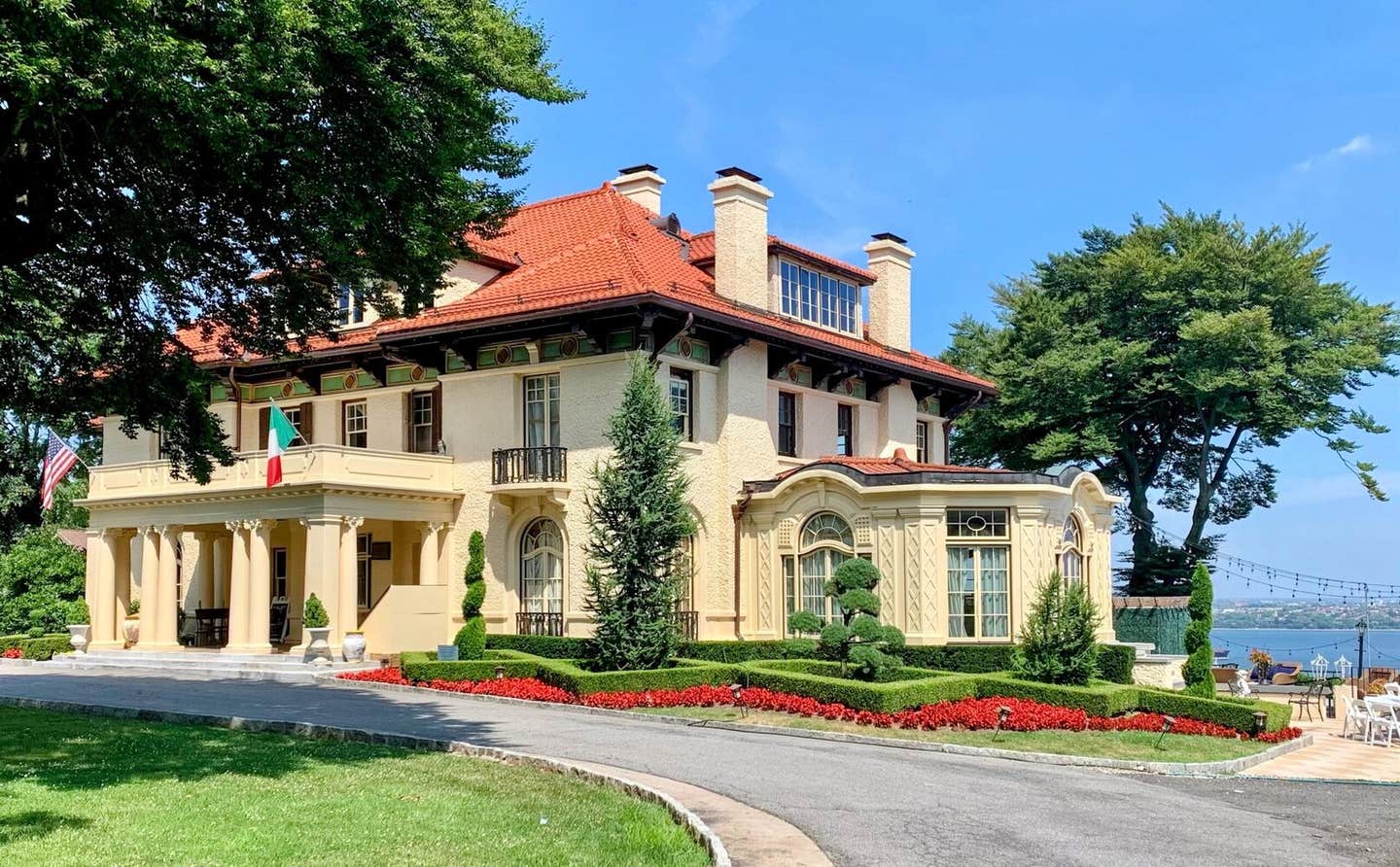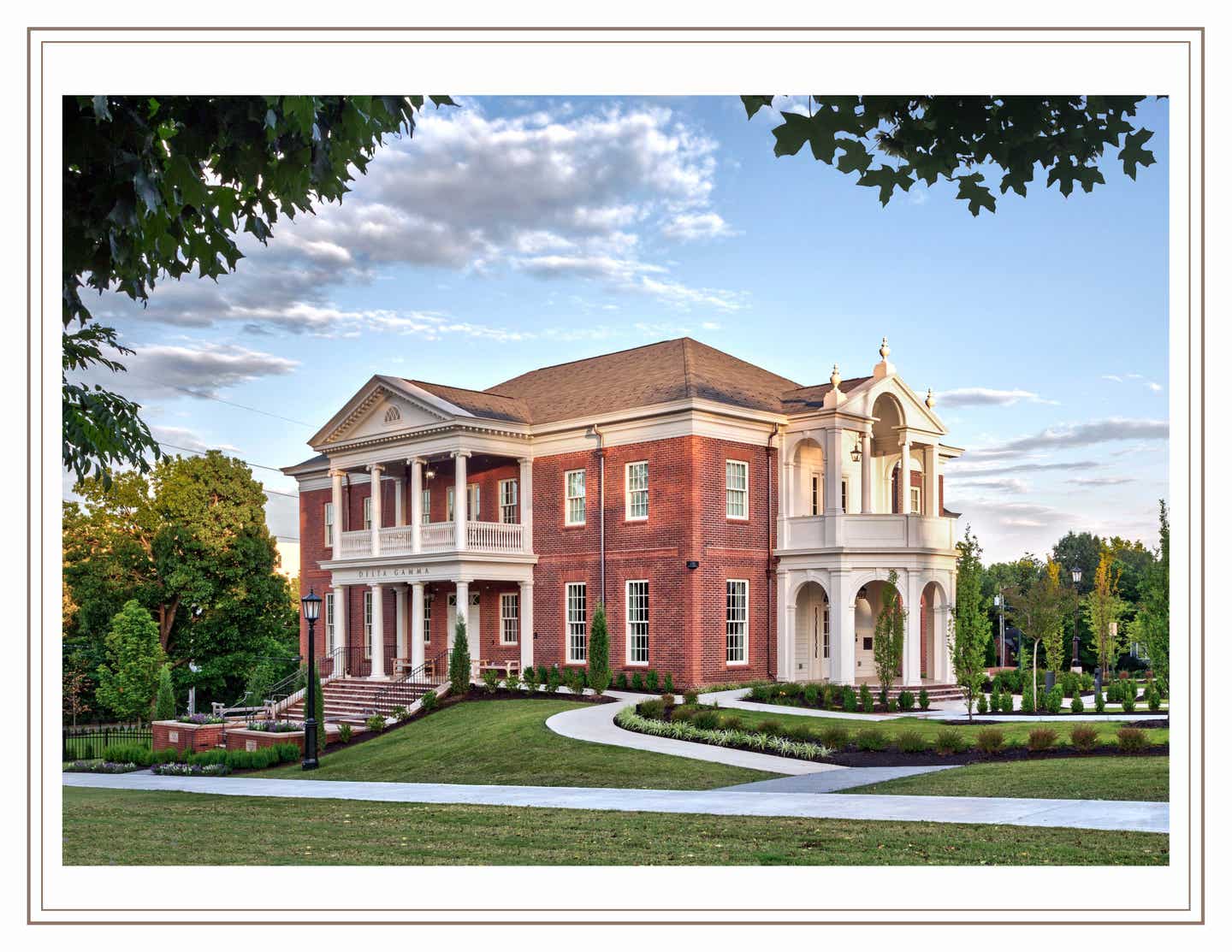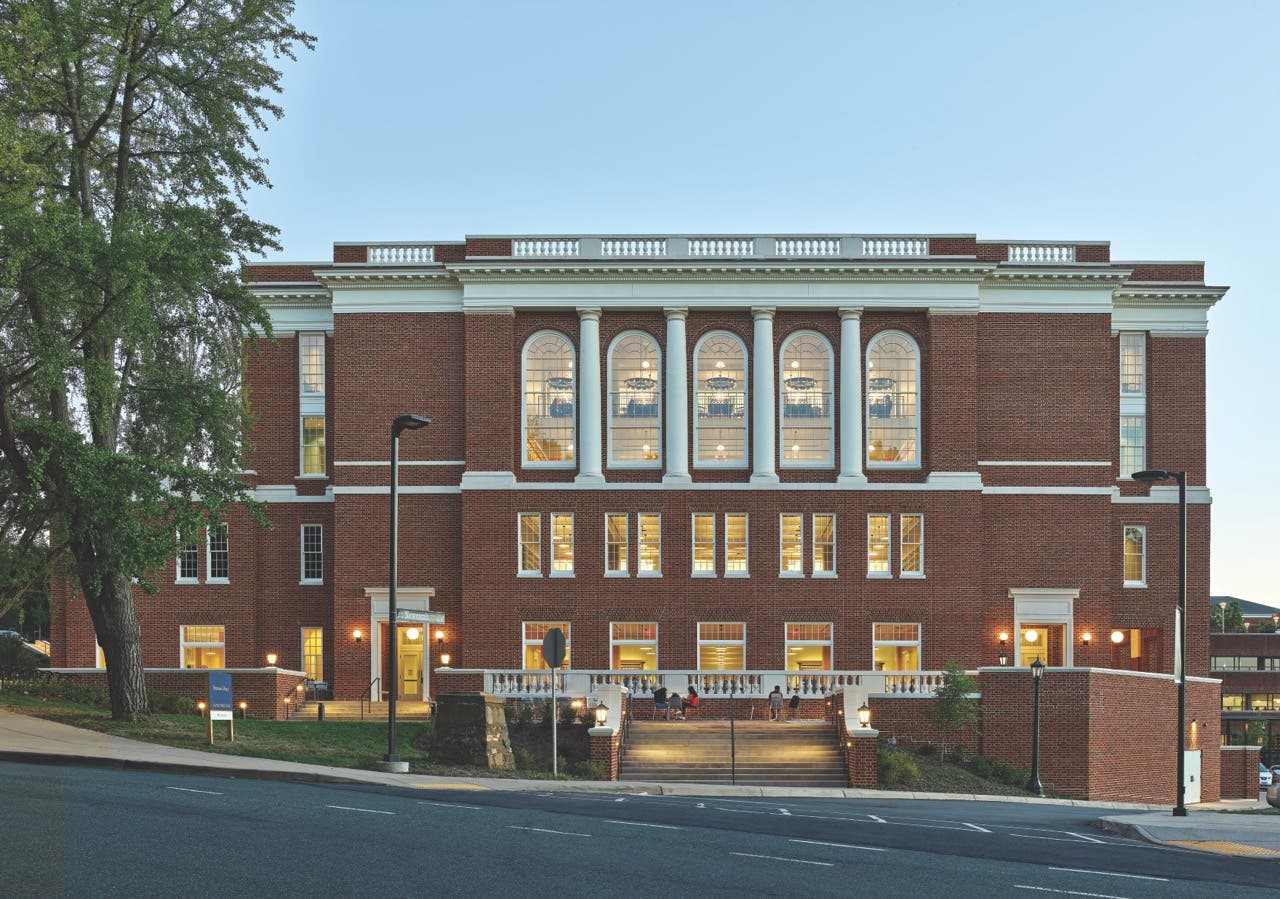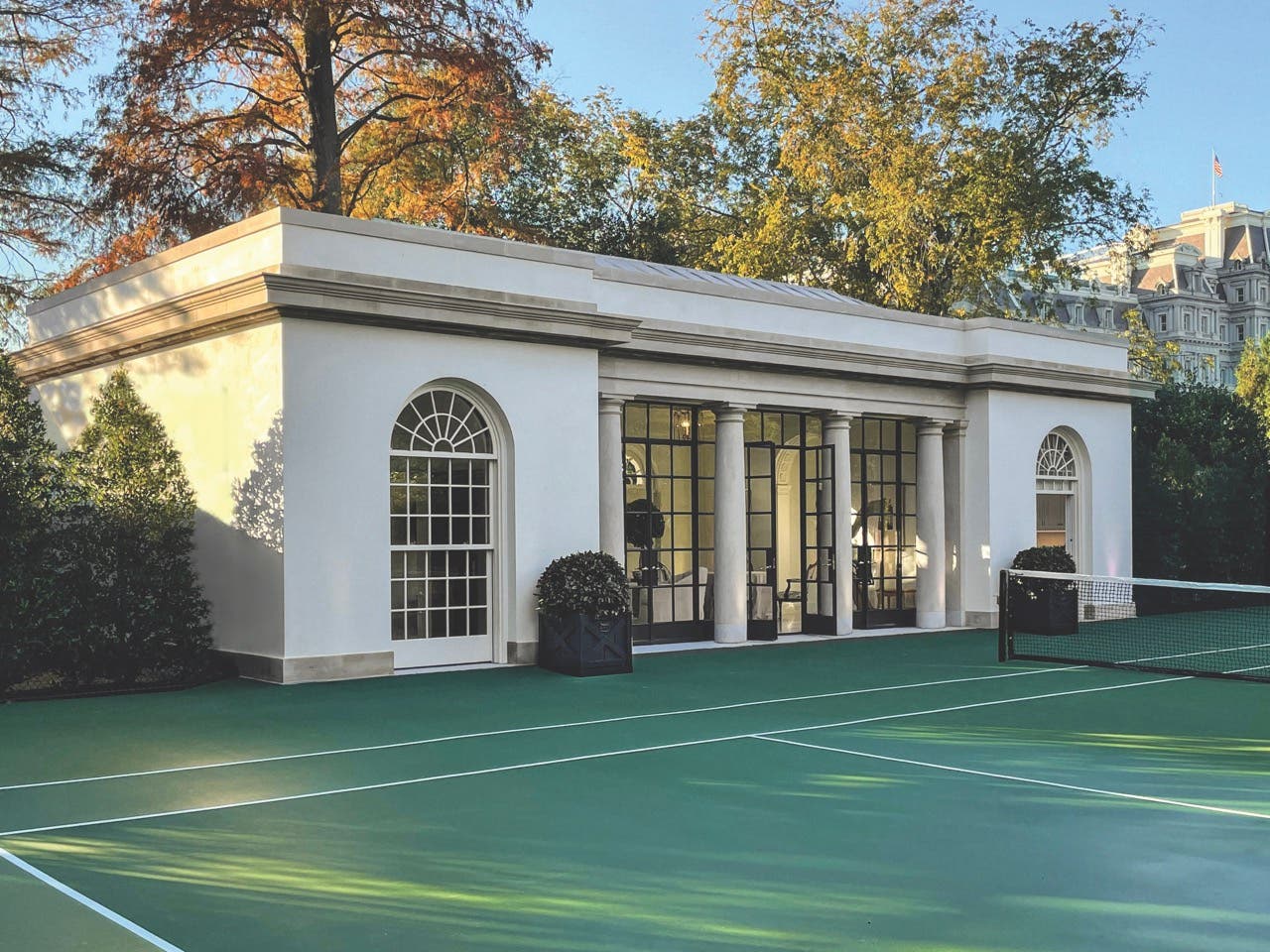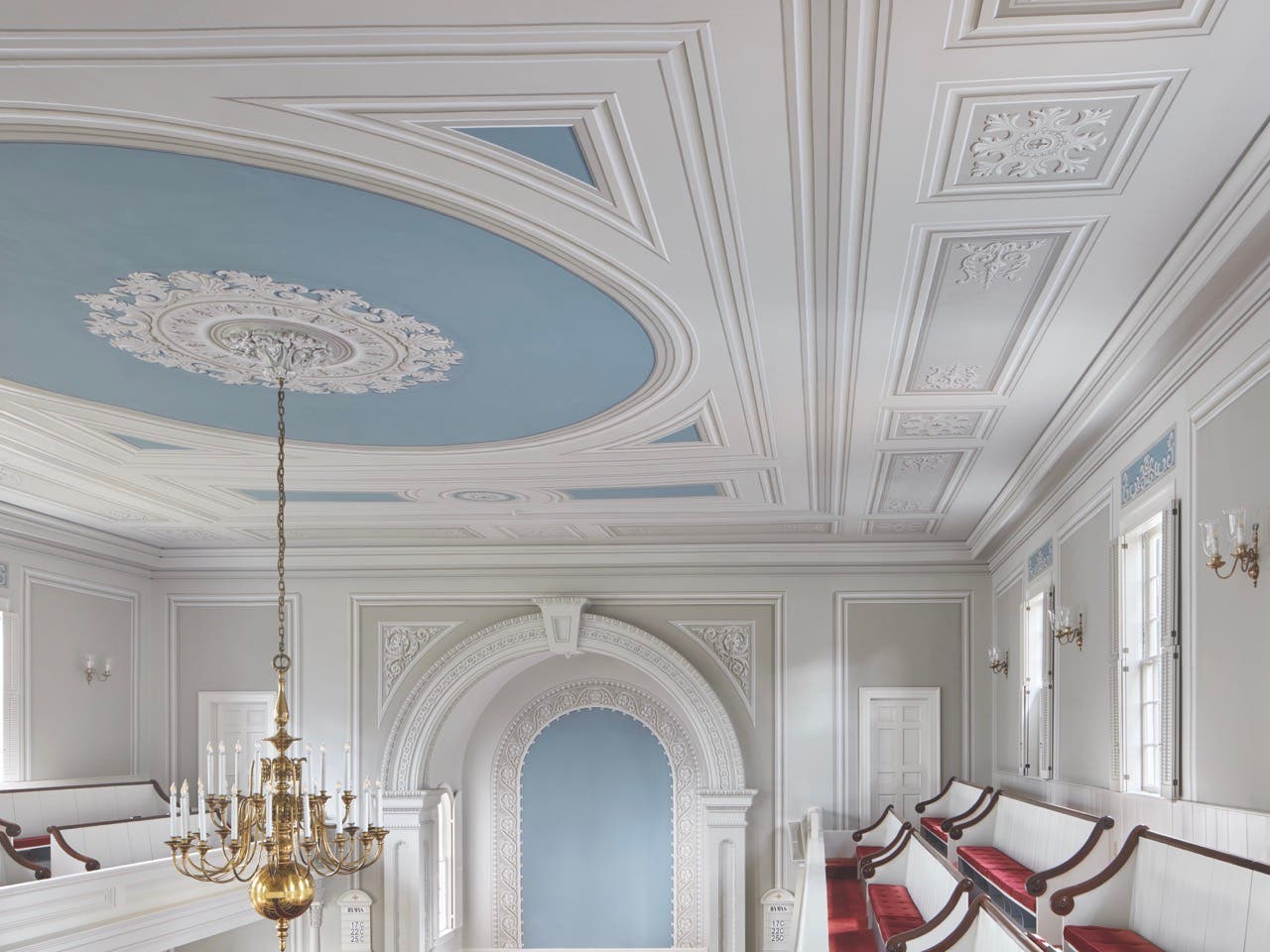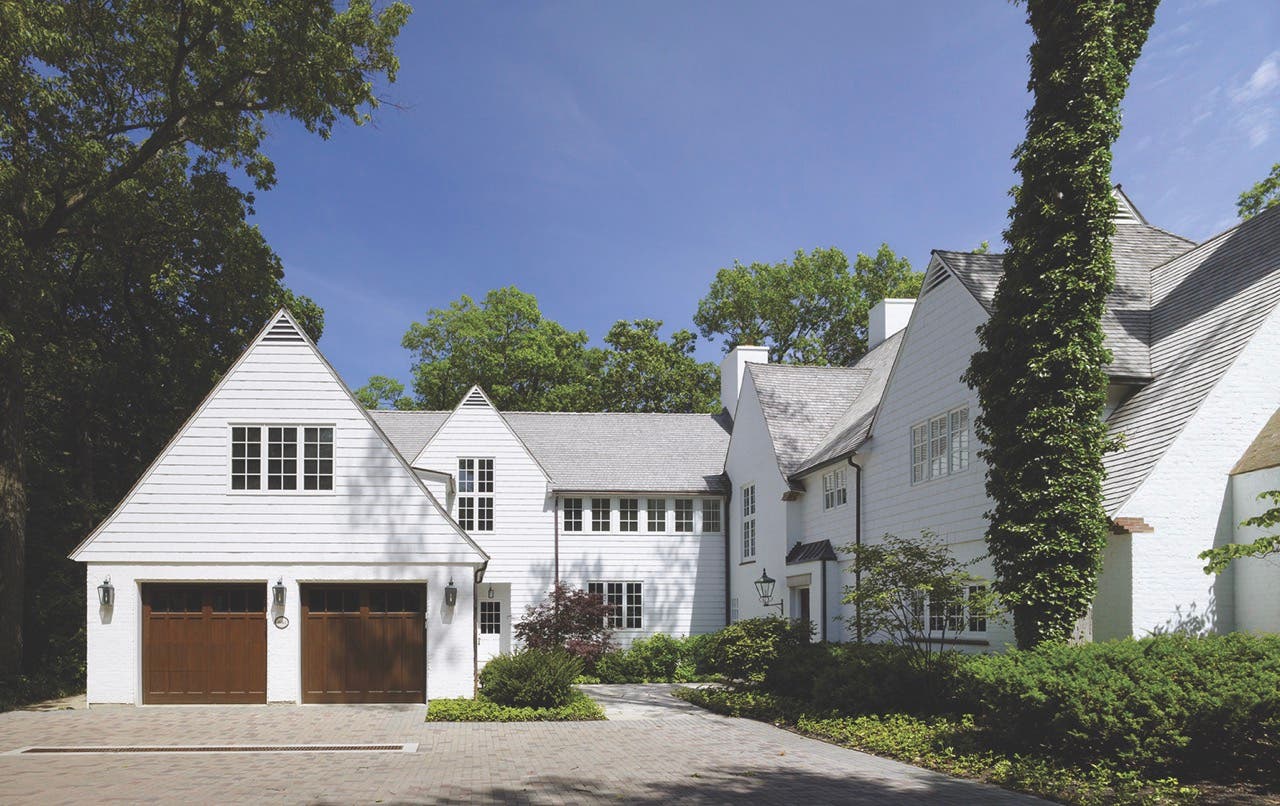
Public Buildings
J.W. Heist Steakhouse: A Modern Tribute to Montana’s Historic Charm
In 1885, Keens Chophouse in New York City opened as a hangout for the Theater District, then concentrated around Herald Square. Except for a name change in 1995—swapping out chophouse for steakhouse—the old-school landmark has remained a steadfast fixture in the neighborhood, still drawing fans of its traditional fare and clubby atmosphere. Keens’ robust track record in a city known for its high restaurant turnover landed it on a shortlist drawn up by architect Larry Pearson and interior designer William Peace of places to visit as they developed the idea of a steakhouse in the heart of Bozeman, Montana. The two men are part of a group that has other restaurants in the city’s downtown.
“Our scouting visits had as much to do with the operational standpoint of the steakhouses as with their aesthetics,” says Peace, founder and principal of Peace Design, sharing that the restaurant’s executive chef, John Thayer, was part of the research and development team. “We were experiencing food and atmosphere, homing in on what we wanted this place to be because we wanted it to be there a long time and have a sense of tradition yet feel current.”
At first glance, you might be fooled into thinking that two-year-old J.W. Heist Steakhouse has been around since the first half of the 20th century. Exposed brick, antique light fixtures, burnished wood, and saddle-soft leather contribute to the feeling of authenticity necessary for the restaurant’s imagined backstory, which is based on the true tale of Joseph Walter Heist, the great-grandfather of restaurant cofounder Brett Evje. Born in 1896, Heist was raised on a 320-acre ranch in Cinnabar Basin, Montana, and eventually took over its operations.
The design of the restaurant unfolded from a combination of this cowboy legend and the 21st-century concept of wood-fired dining, far removed from heating up beans over a campfire.
J.W. Heist Steakhouse occupies the middle floor of a three-story building built in the late 1800s that lost some of its historic character during a renovation in the late 1970s or so. “We rebuilt the facade in a traditional way to set the tone of a traditional steakhouse,” says Peace, pointing out the rich black exterior walls, gas lanterns, and a 1950s-era neon sign. “We wanted to take the exterior back to what it could have looked like originally, within reason.”
Once mechanical and structural issues were addressed, infilling the space with components to foster the ambiance of a longstanding steakhouse began in earnest. “All the character was buried,” explains Pearson, the project’s architect of record and founding principal of Pearson Design Group, which specializes in creating environments that are regional and honor local history. “Our challenge was to create a patina to make it feel like it’s been enjoyed by every cowboy who’s been in Bozeman.”
From the front entrance, guests arrive at a 19th-century American counting table that serves as a host stand. The original brick walls were brought back here and elsewhere in the restaurant, and beautifully stained and finished oak paneling was added. The basalt used for the floor comes from an area 25 miles away, near the town of Emigrant, Montana, not far from the site of J.W. Heist’s original cattle ranch. “We wanted to be as local as we could be and use this material that was indigenous to the area,” says Peace. “Also, it created a beautiful pattern on the floor.” Reminiscent of a rodeo buckle, a bronze letter “H,” the restaurant’s logo, is embedded in the stone floor, and nearby is a large, specially commissioned painting of a bull, based on a photograph of one of Heist’s champion Herefords.
From here, one enters the bar/lounge area that faces a fireplace and where stunning crystal chandeliers hanging from a custom coffered ceiling cast a warm glow. “It’s dark and rich and comfortable, with some elegance,” says Peace, noting the salvaged 1896 Brunswick backbar with original mirror and columns. “It was important to us to create the feeling that you’re somewhere special and you’re going to have a special experience.” Flanking the fireplace, cozy booths done in mohair have a retro, clubby feel. The chandeliers were salvaged by architectural antique dealer Olde Good Things from the Waldorf Astoria when the storied Manhattan hotel was sold a few years ago.
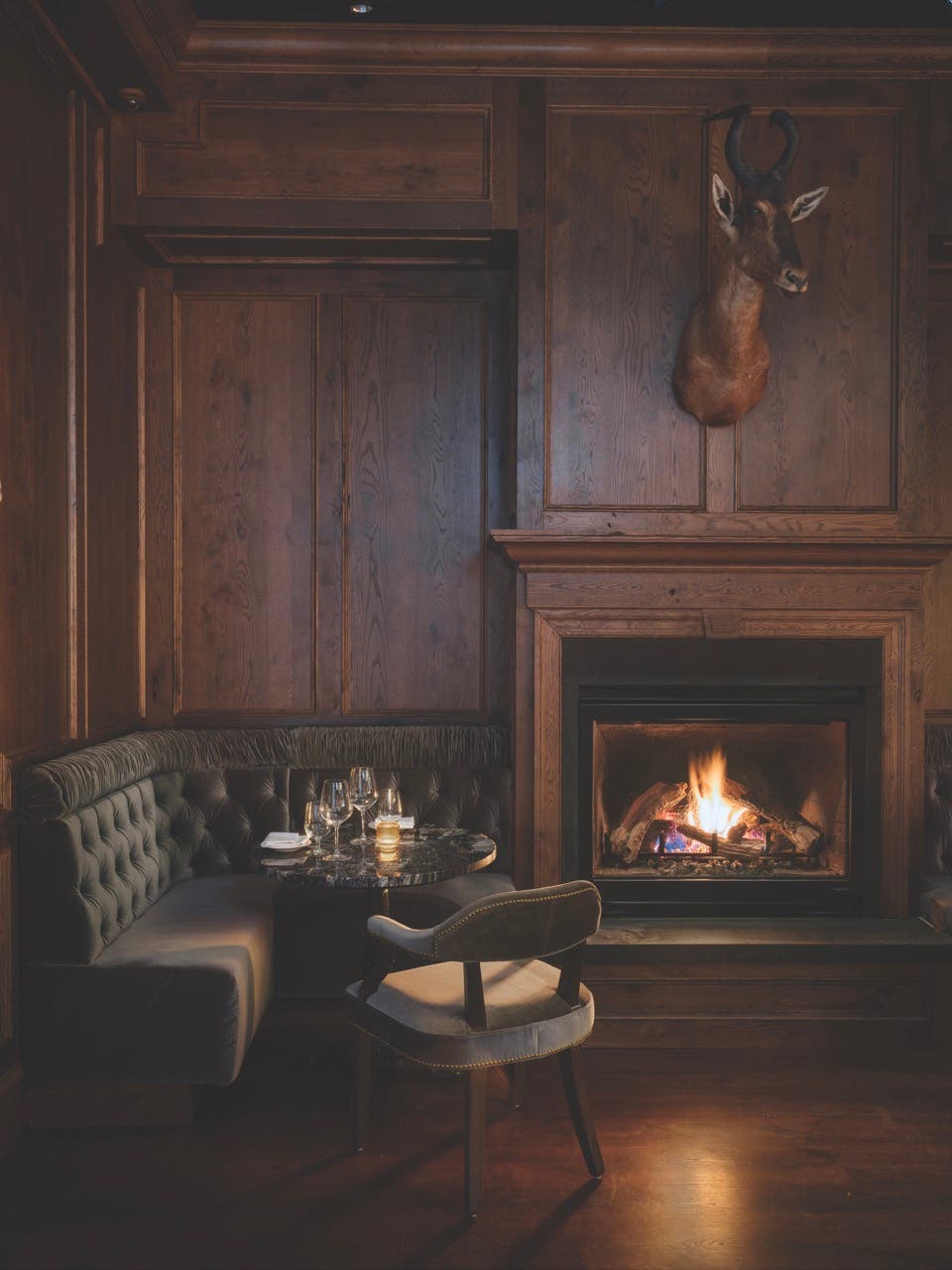
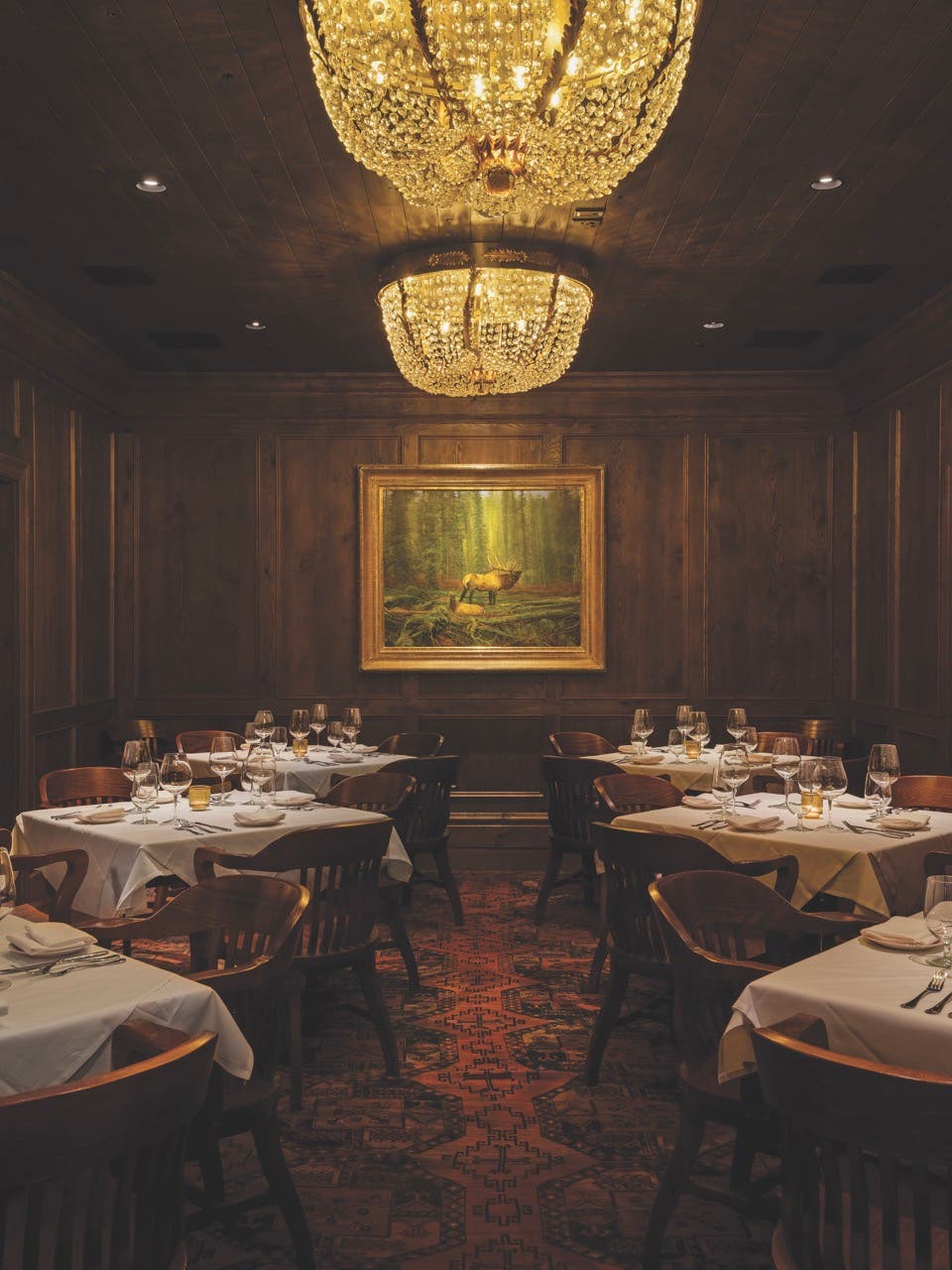
Pearson says the design team emulated a Midwestern supper-club format he’s fond of: “You’re greeted by a bar, with informal seating up front, then behind that is a central room that offers an environment for either intimate dining when pocketed doors are in use, or a seat along the perimeter, where it’s more open and a little more public.” Yet another option is a seat at a chef’s table–style bar for the visually exciting experience of watching cooks in action at the open firewood grill.
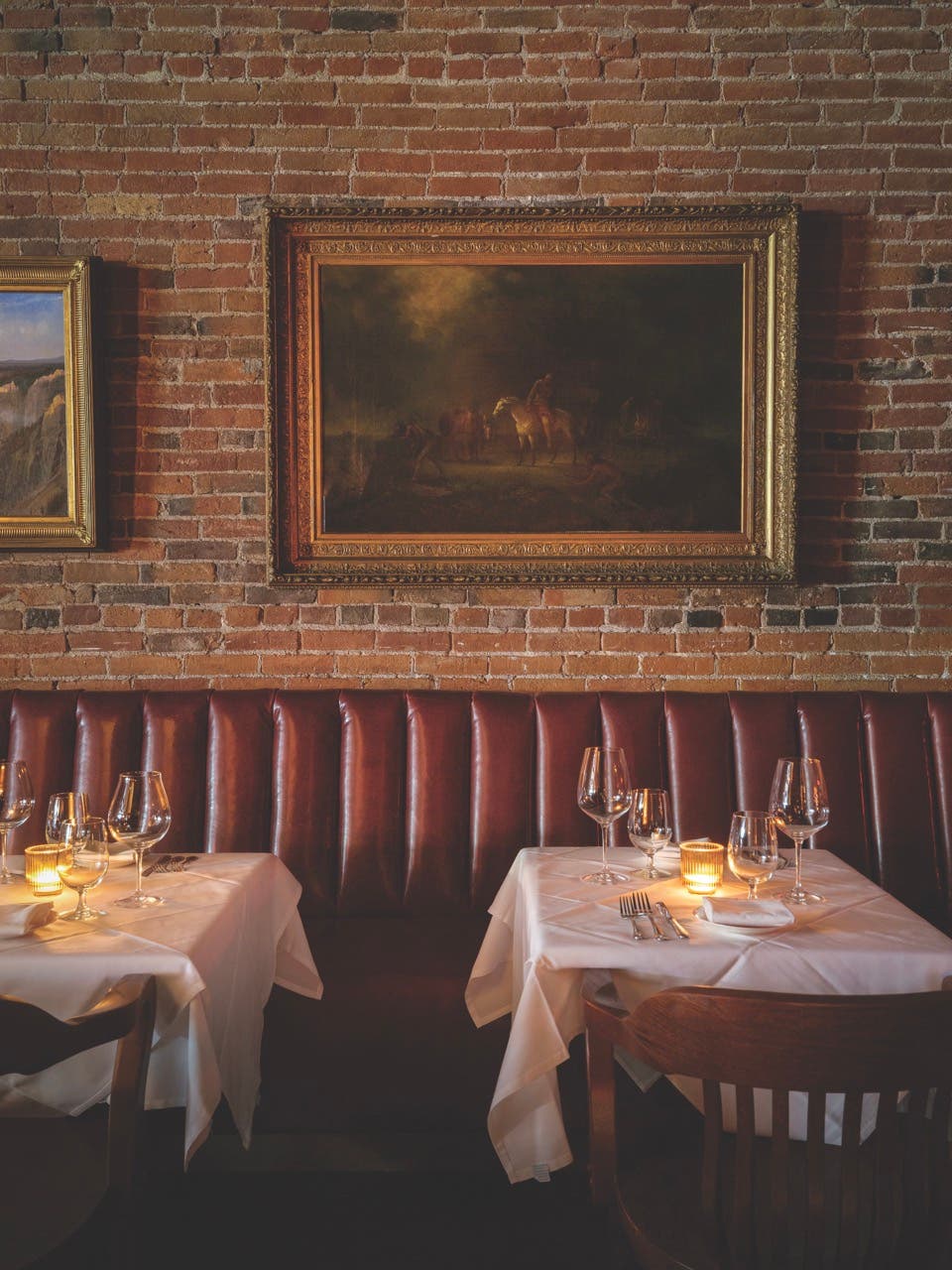
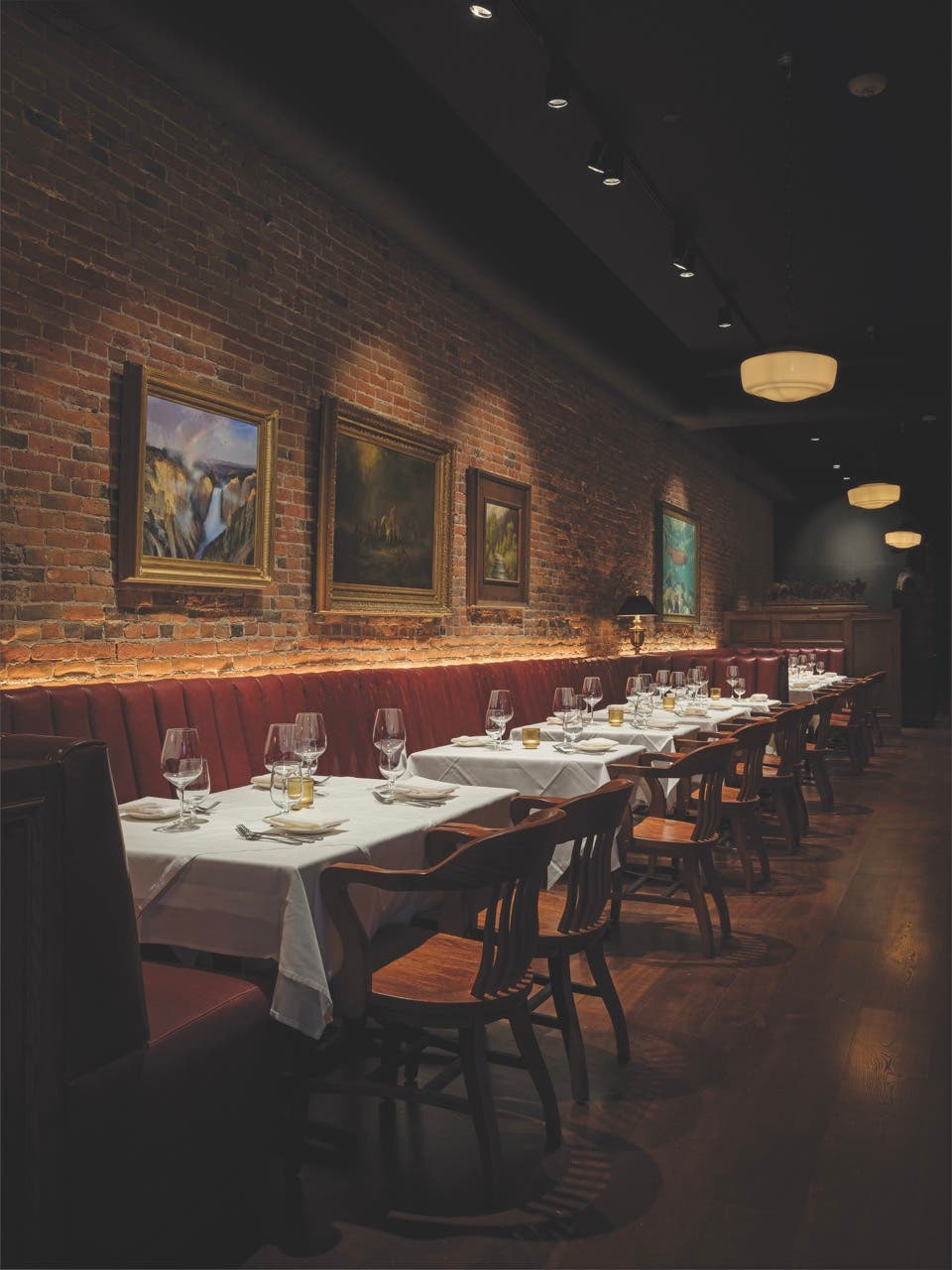
The exposed brick walls throughout the steakhouse provide the background for rotating art from Tierney Fine Art, a downtown Bozeman art gallery. Peace explains that the collection is “mainly traditional Western art, paintings from 19th-century artists and more current ones that tell the historic story of Montana, in gold leaf frames, with architectural lighting, that convey a casual elegance.” African animal mounts are an intentional twist on traditional western taxidermy.
“Our specialty is to create history,” says Pearson. “Bill [Peace] and I worked hand in hand on creating the trim details, the ceiling’s coffering details, the bar configuration, and the casework. We all worked hard to get the vibe aligned with our imagination.” TB
Janice Randall Rohlf is a freelance writer who lives on Cape Cod, and is the former editor of Cape Cod View magazine for the Cape Cod Times.


